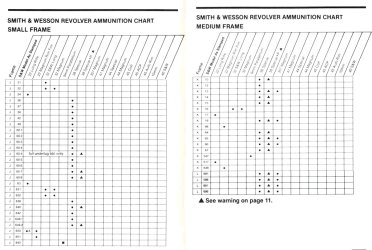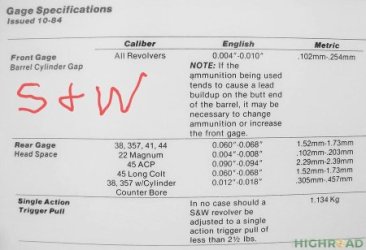gila_dog
Member
I have a model 36 .38 Special that I would like to feed +P ammo. Is it safe to do so?
***
I did some searching and found some advice that it's ok and won't hurt the gun. It may not be pleasant to shoot, but if I can use Hornady Critical Defense 110 gr +P ammo just for the occasional practice shots, and any serious self defense purposes, it should be ok.
Any other info would be appreciated. Thanks.
***
I did some searching and found some advice that it's ok and won't hurt the gun. It may not be pleasant to shoot, but if I can use Hornady Critical Defense 110 gr +P ammo just for the occasional practice shots, and any serious self defense purposes, it should be ok.
Any other info would be appreciated. Thanks.
Last edited:




